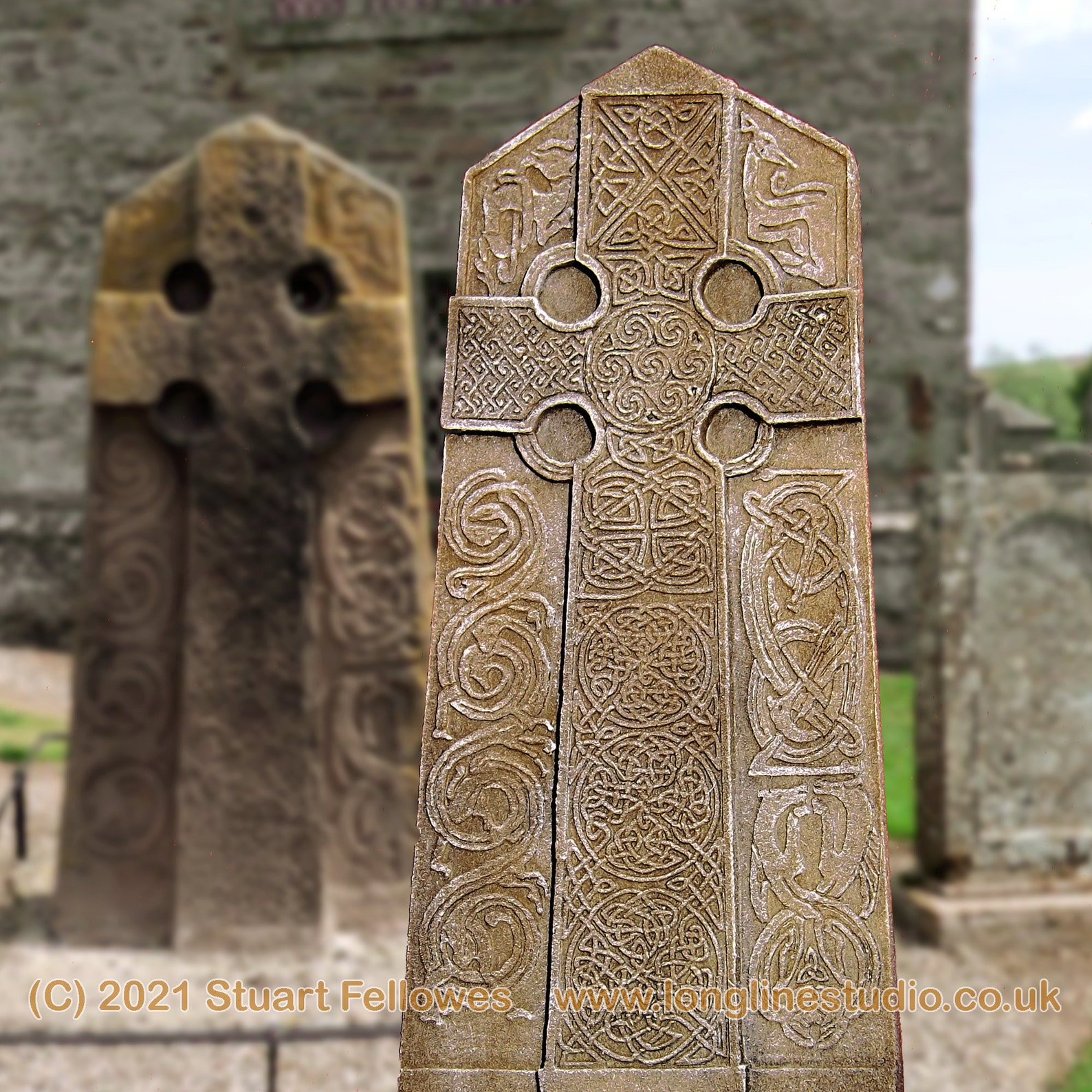https://www.haaretz.com/israel-news/.premium-the-pagan-gods-that-still-exist-in-israeli-city-names-1.8924898?v=1647845941967
Cities in Israel named after Semitic gods of the ancient Near East.
Jerusalem was likely originally Ir Shalem ('The City of Shalem') because the central shrine was dedicated to the Canaanite god Shalem, aka Salem, the personification of the Evening Star.
Shahar, the twin brother of Shalem, was the personification of the Morning Star and was presumably the tutelary god of Zareth-Shahar. This town is in modern day central Jordan and was mentioned in Joshua 13:19.
While the original Zareth-Shahar didn't survive into modernity, another town dedicated to the same god may have existed on the southern shore of the Sea of Galilee at a site known by the Arabic name for the morning star. A kibbutz named Ayelet HaShachar was built there after 1915. Ayelet HaShachar is a poetic biblical term for the Morning Star (Psalms 22:1).
Jericho may have taken it's name from the tutelary god Yareakh, the moon god.
Similarly the site Beit Yarekh may attest to that moon god being worshiped there as well.
The sun god Shemesh may have created the eponymous names for cities Beth-Shemesh ('House of Shemesh', Joshua 15:10), En-Shemesh ('Spring of Shemesh", Joshua 15:7), and Ir-Shemesh ('City of Shemesh", Joshua 19:41). The modern day city Beit Shemesh was established in 1950 at a site with the Arabic place name 'Ain Shems which was believed to be the site of the ancient city Beth-Shemesh.
The storm god Baal is the root of cities including Kiryat Baal (Joshua 18:14), Baal Perazim (II Samuel 5:17), Gur Baal (II Chronicles 26:7), Baal-Gad (Joshua 11:17), Baal-Hermon (Judges 3:3), and Baal-Hazor (II Samuel 13:23). There are also cities Baal-Peor (Numbers 23:28) and Ball Shalishah (II Kings 4:42).
Canaanite god El was the tutelary god of the town Bethel mentioned frequently in the Old Testament including in Genesis 12:8. The Palestinian town Beitin is thought to be the site of the ancient Bethel. Beit El, an Israeli settlement, was created near it in 1977.
Dagon was the namesake of Beth Dagon (Joshua 15:41). It continued until 1948 when the Palestinian town Bayt Dajan was depopulated leading up to the Israeli War of Independence. The site is now an Israeli town called Beit Dagan.
Reshef, an ancient Semitic god from Elba and later identified with Apollo lent his name to the todays Arsuf, which is also known as Apollonia. During the Persian period, the Phoenicians had named a town there for Reshef.
Horon, possibly a desert god with power over animals and snakes, is the inspiration of Beth Horon (I Chronicles 7:24). A modern settlement Beit Horon was founded in 1977.
